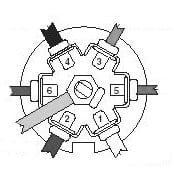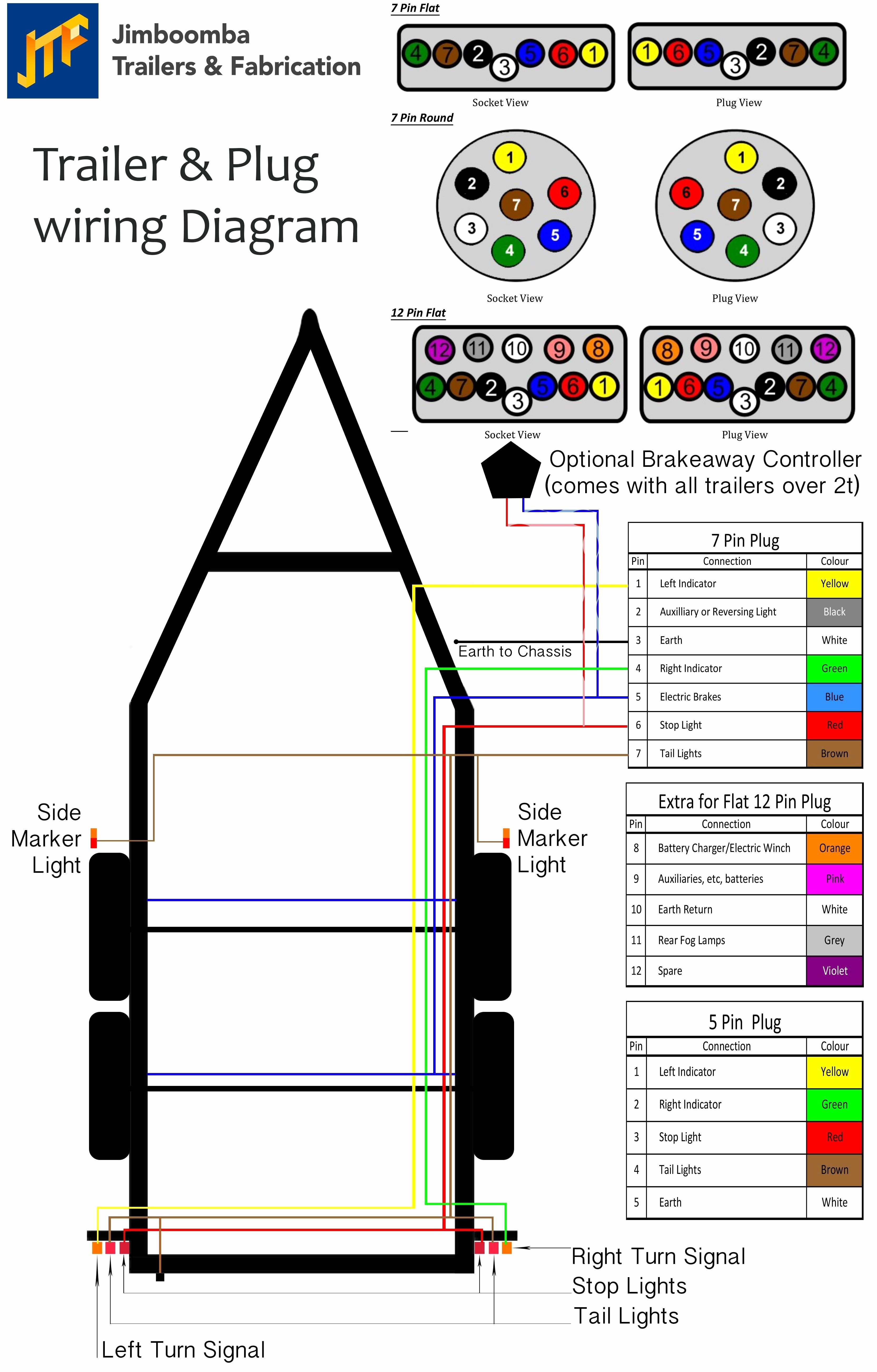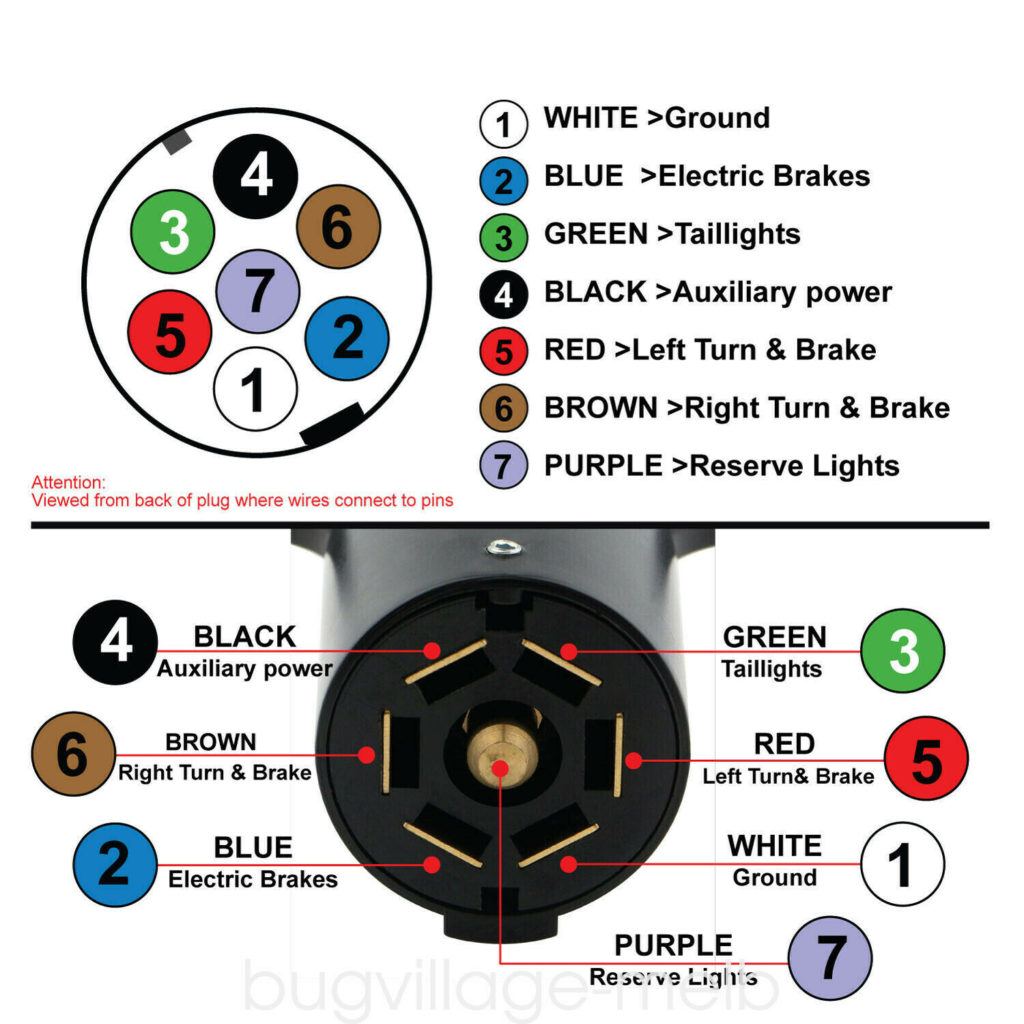

However, older globe-based light assemblies are often subject to problems with faulty contacts between the globes and their terminals within the light fittings, or with failure of the globes themselves. LED lights, as used on most modern vans and trailers, are usually supplied as a unit and are generally fault-free and waterproof. This can only be remedied by a careful inspection of every centimetre of the wiring.Īlso closely inspect the point of attachment of each wire with the lights themselves. This could be from a fault in the seven/12-pin plug itself (such as a strand of wire from one wire/pin touching an adjacent wire), or a broken wire or some point where the insulation has broken down or been removed from the internal copper conductor and it has come into contact with other wire(s), the bodywork or chassis of the van.

If the circuit fuses again, then you have an earth leakage somewhere in your camper’s circuits. If okay, reattach the trailer’s seven/12-pin plug and try again.

If they blow immediately upon the lights being used, then you have an electrical fault somewhere in your vehicle and may require an auto-electrician to trace and find it. Unplug your trailer and replace the fuse(s) as necessary. If you do not have tail/brake lights on the tow vehicle check the circuit fuses in the vehicle, as these may have blown. If you still do not have lights, check the tow vehicle itself. Use a pen knife or narrow blade to separate the two sides of each pin until they are parallel and not in contact with each other, and reinsert the plug into the female plug on the car. This can be a result of dirt – ensure they are clean – but it’s more likely to be from the two halves of the split pins on the plug connected to the trailer being crushed together. The pins in the plug can lose a good contact with the plug socket on the car. Should you find a problem with a light with any system, the first place to check is the seven/12-pin plug adjacent to the hitch, which connects your camper’s electrical circuits to those of the tow vehicle. An assistant need only stand behind while you go through a sequence of blinkers, the brakes and the tail-lights. Before every journey – whether it be one kilometre or a thousand – you should check your trailer’s brake and tail-lights.


 0 kommentar(er)
0 kommentar(er)
